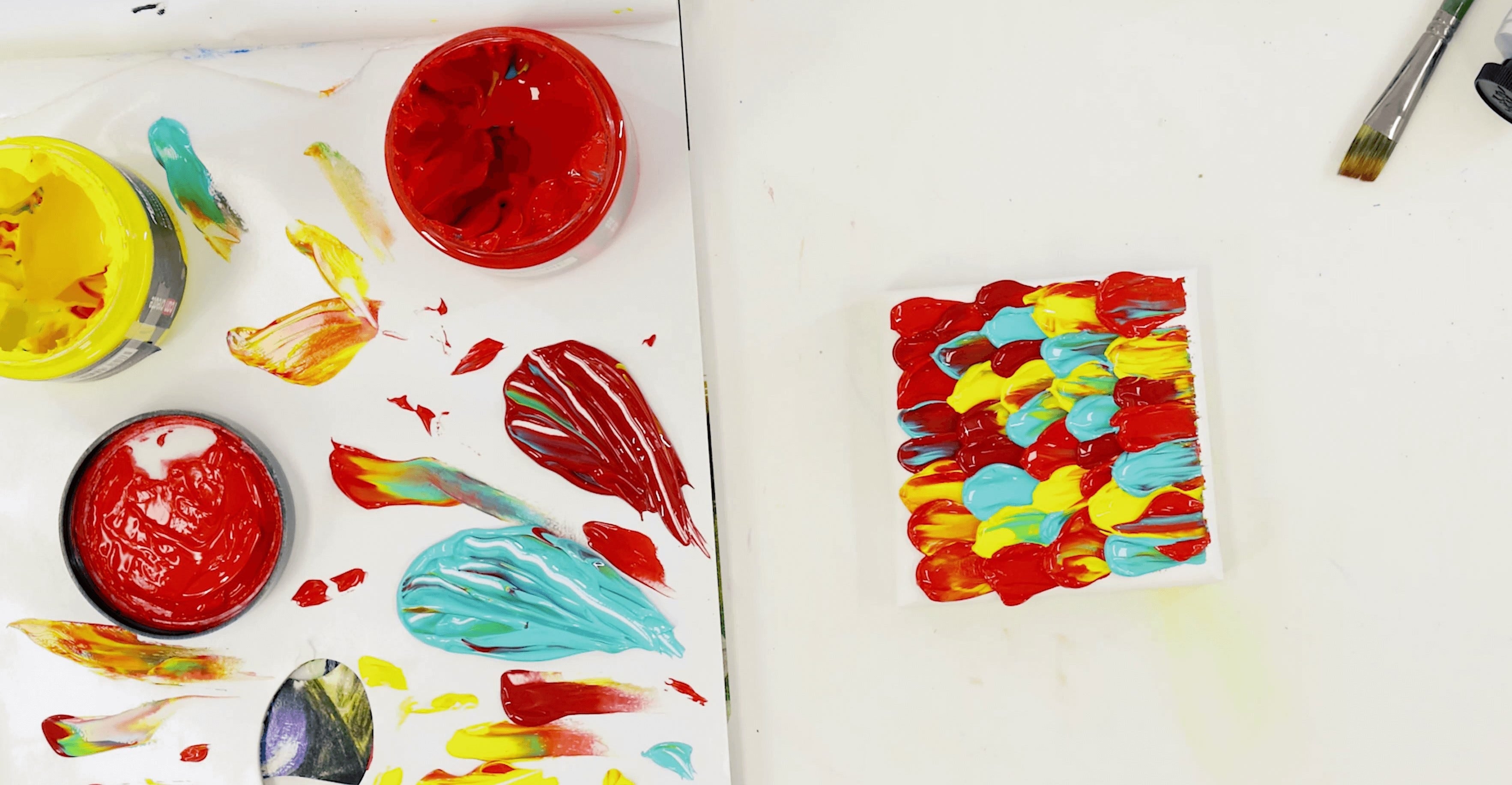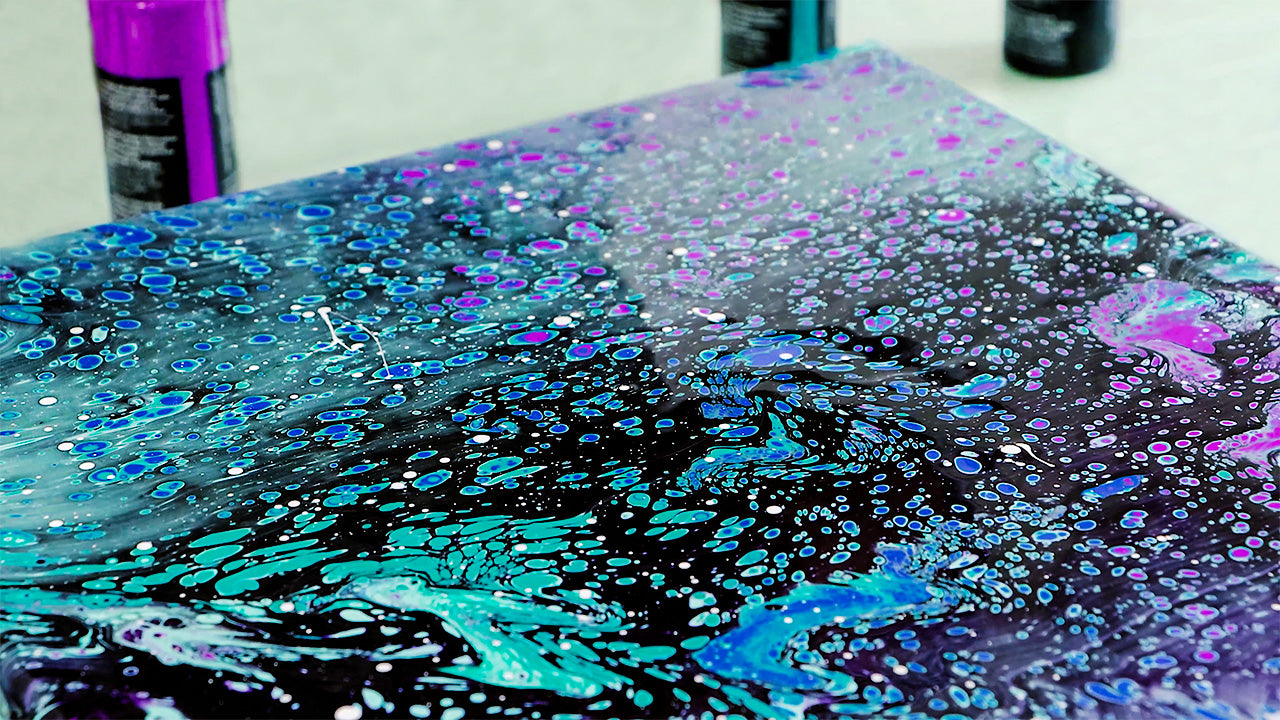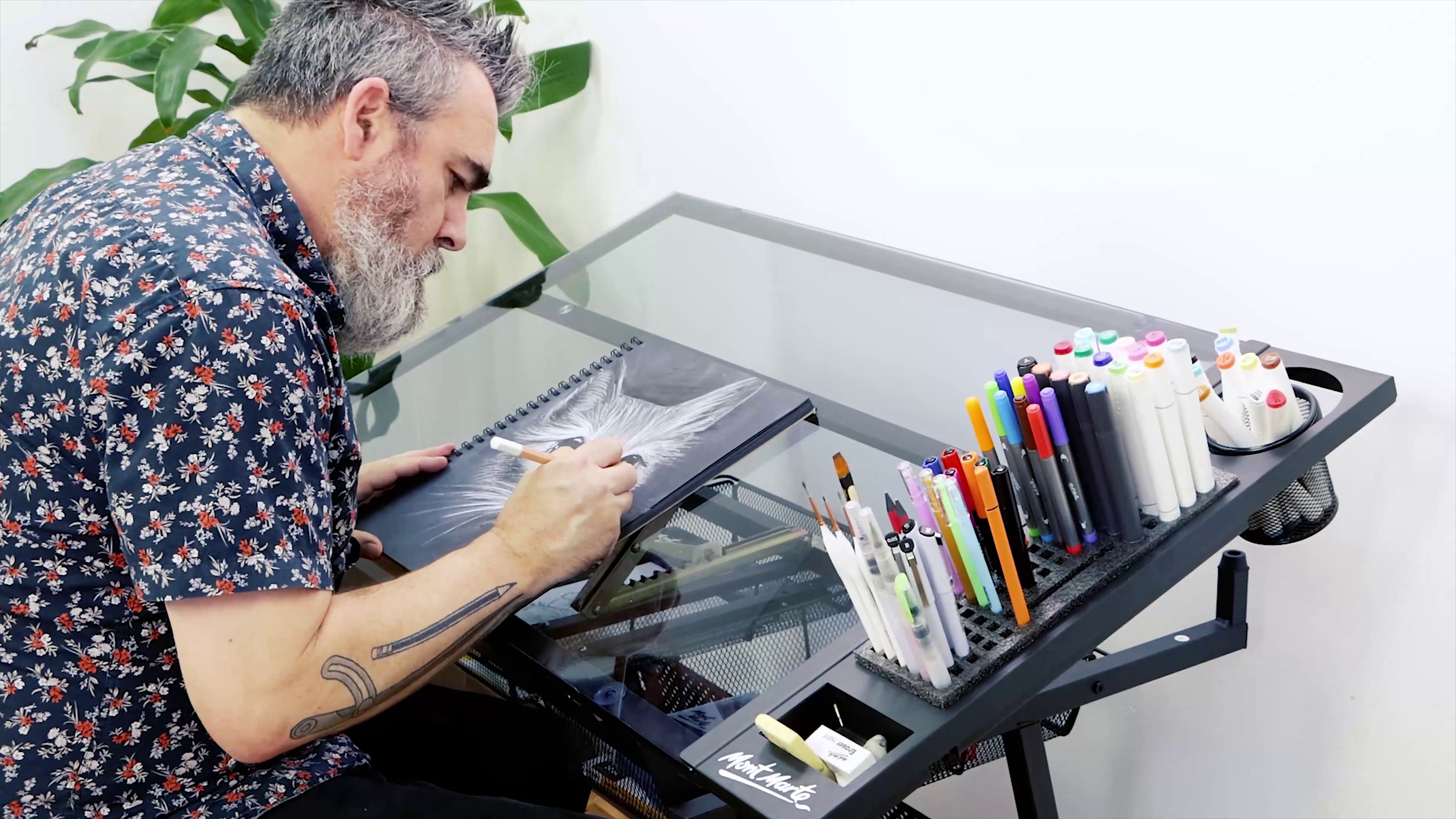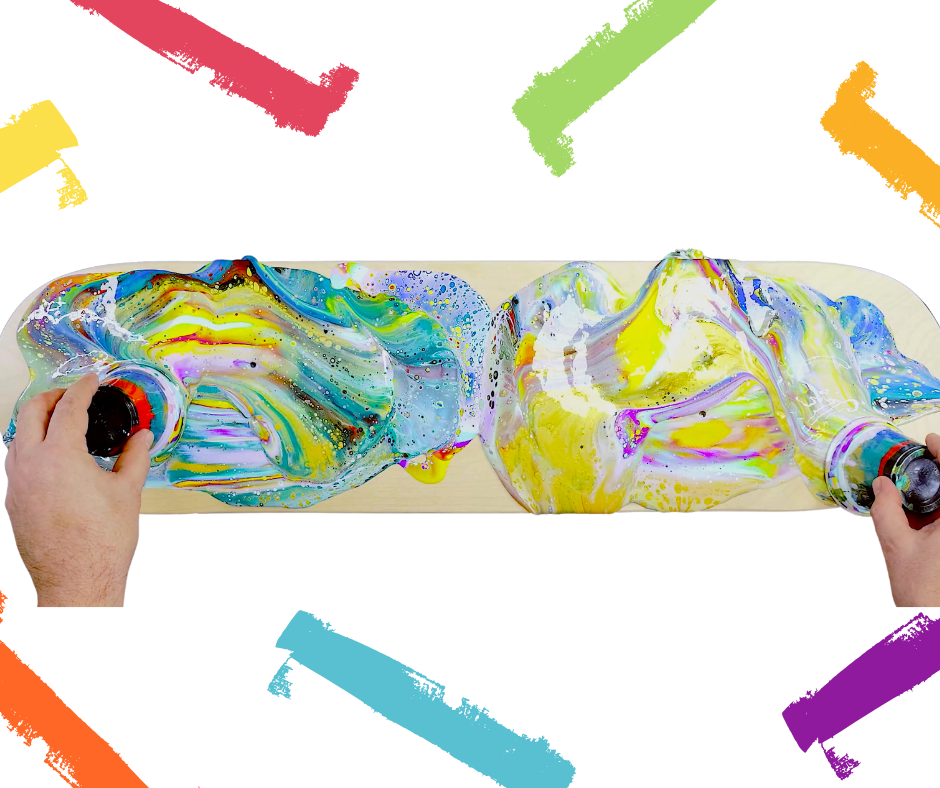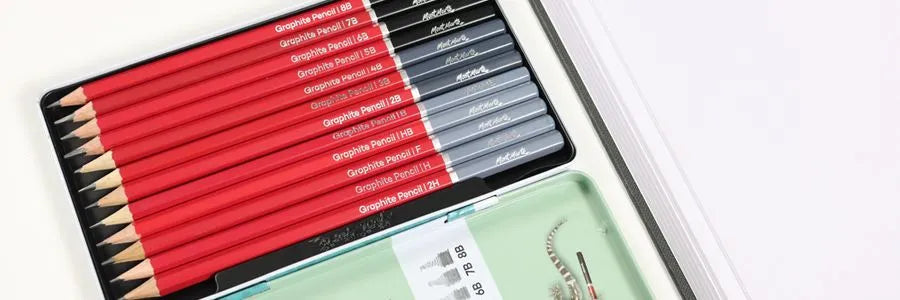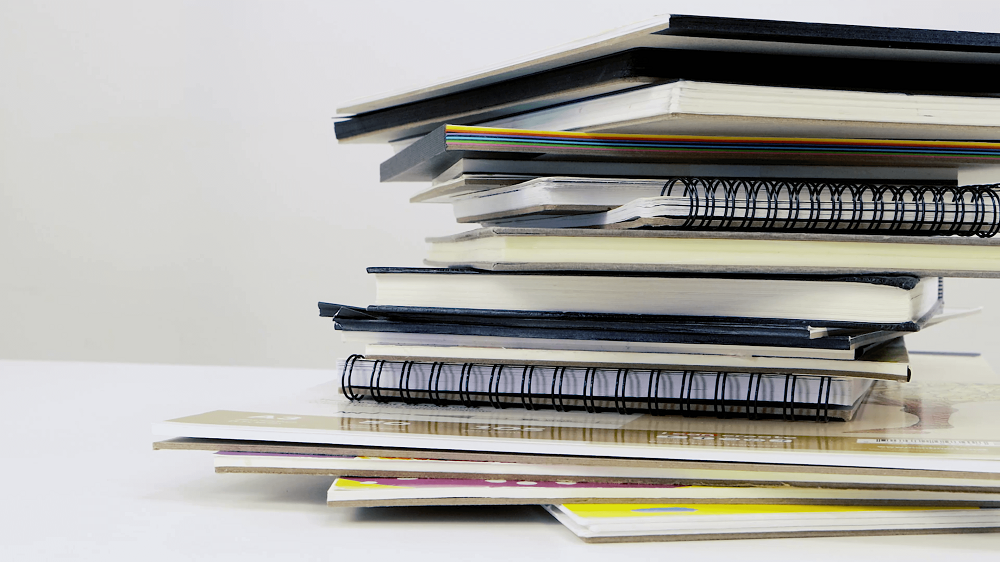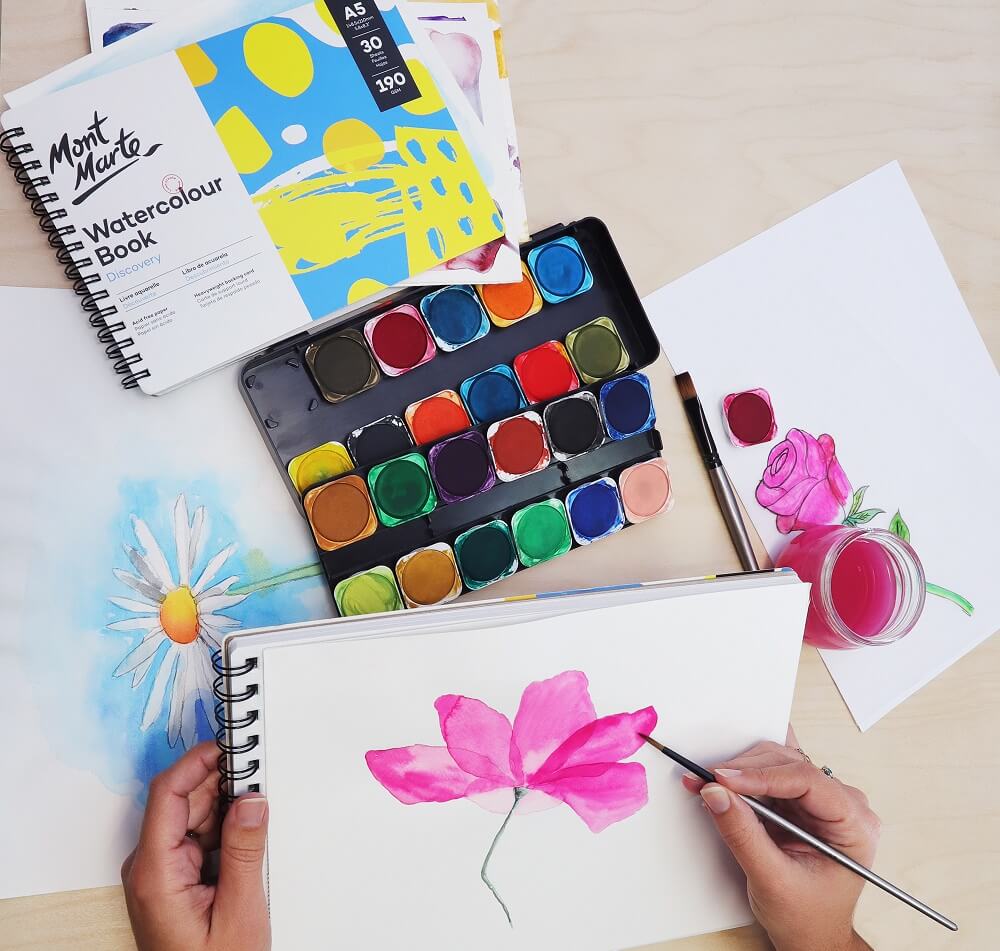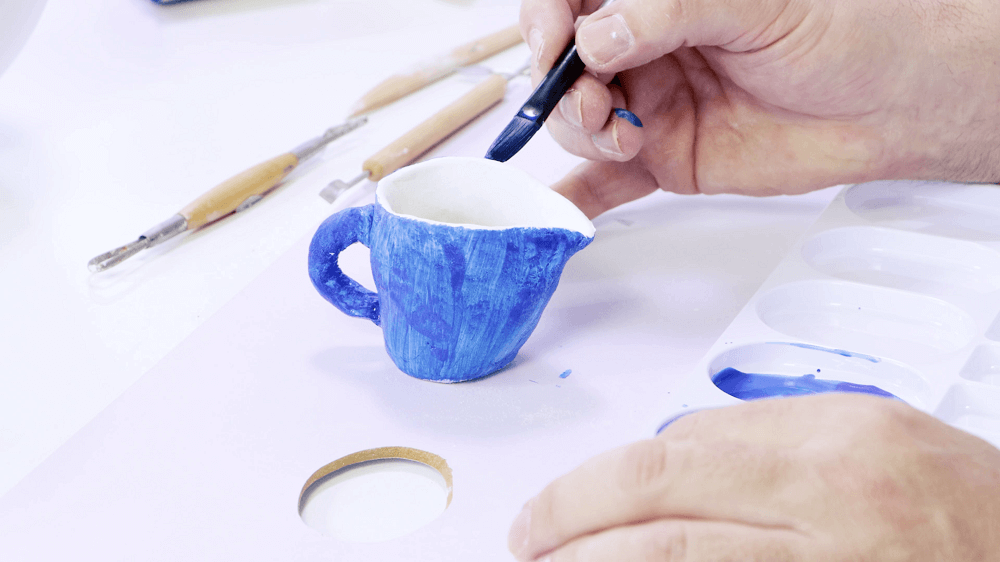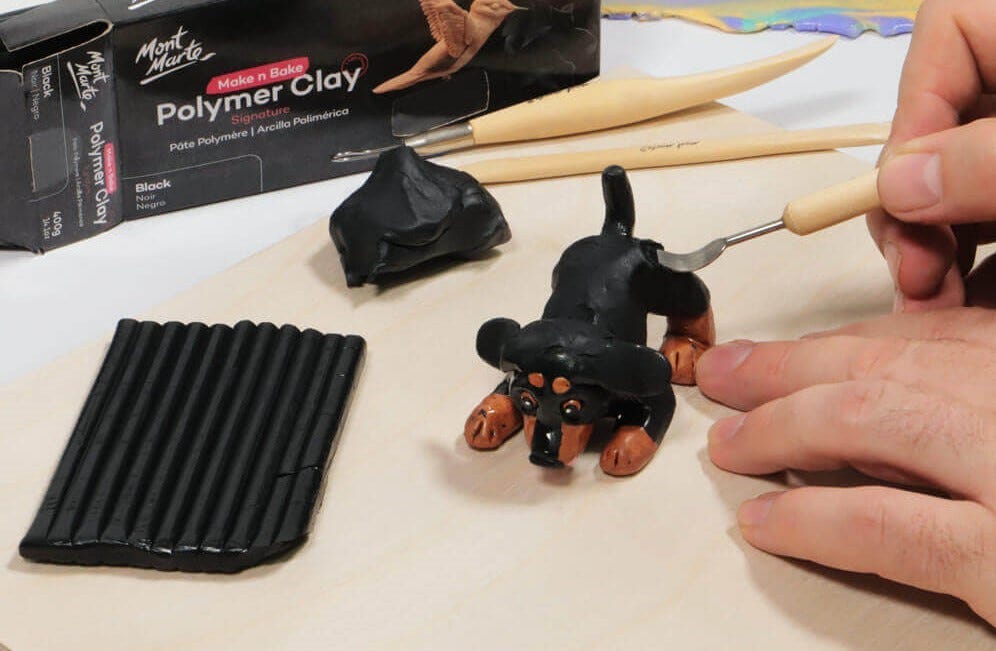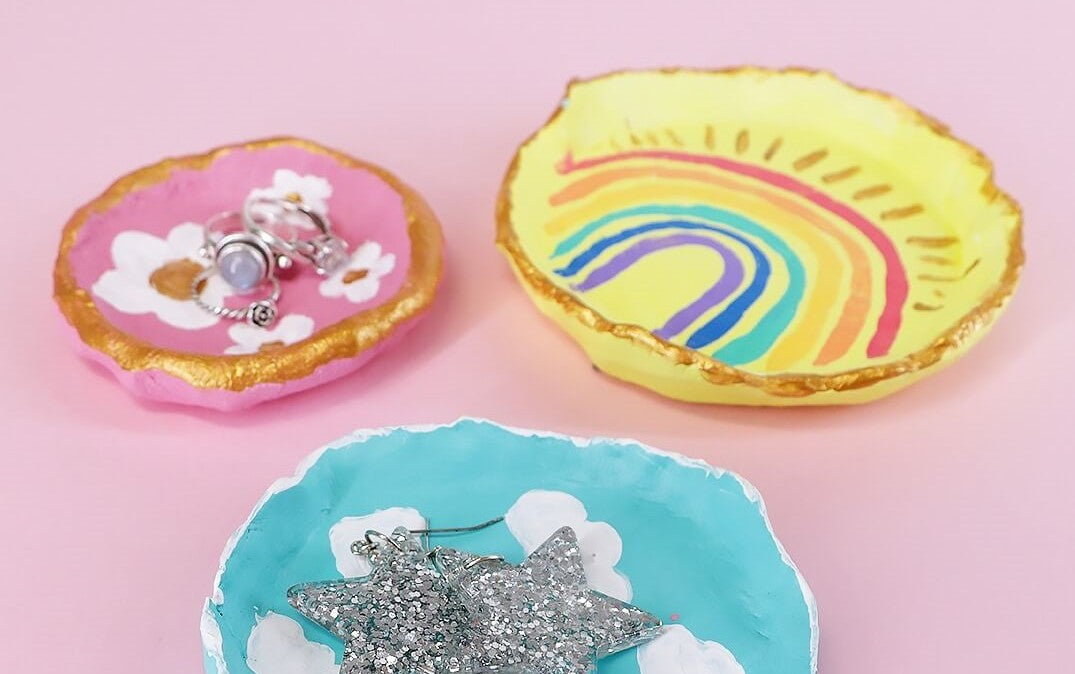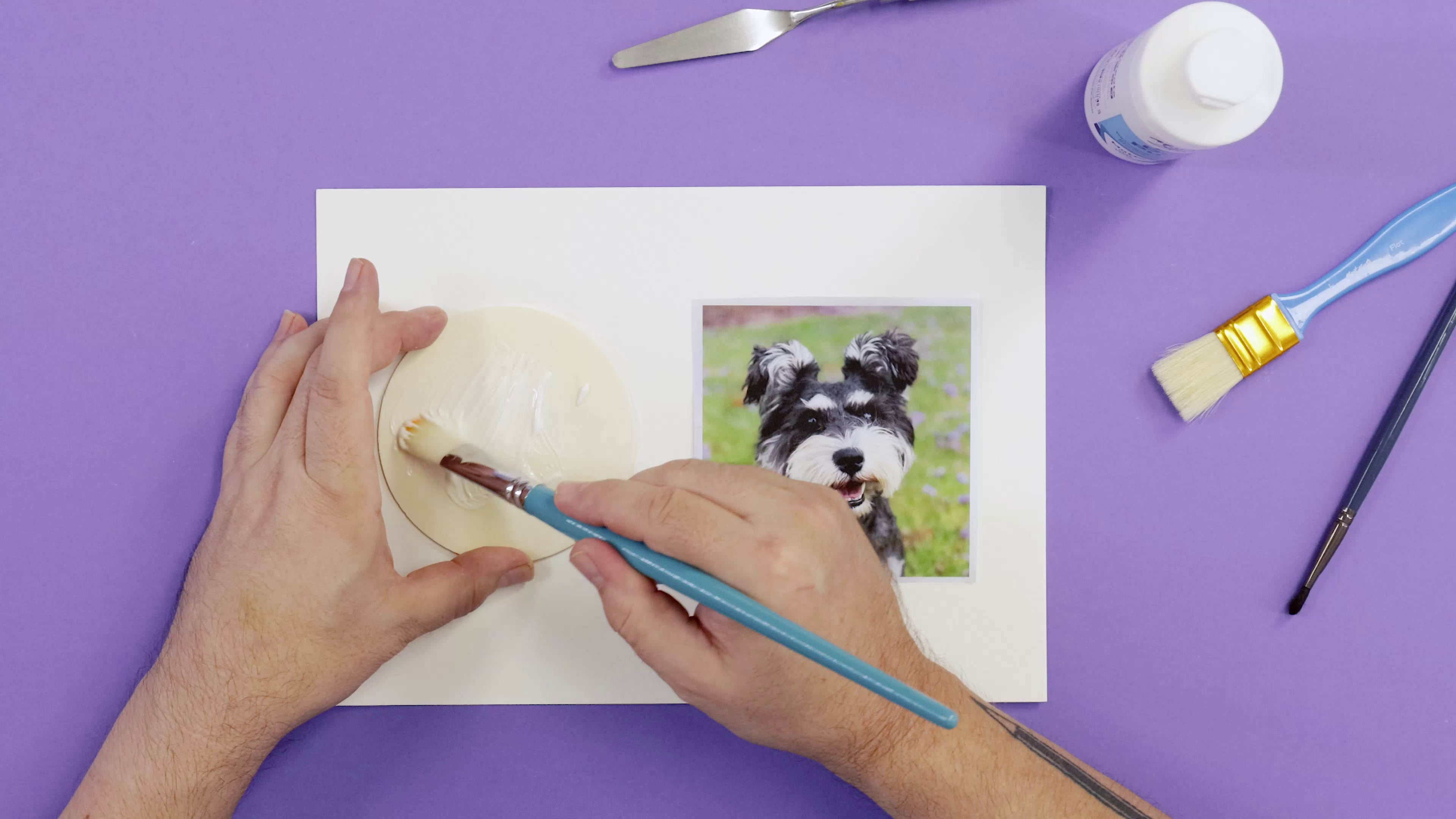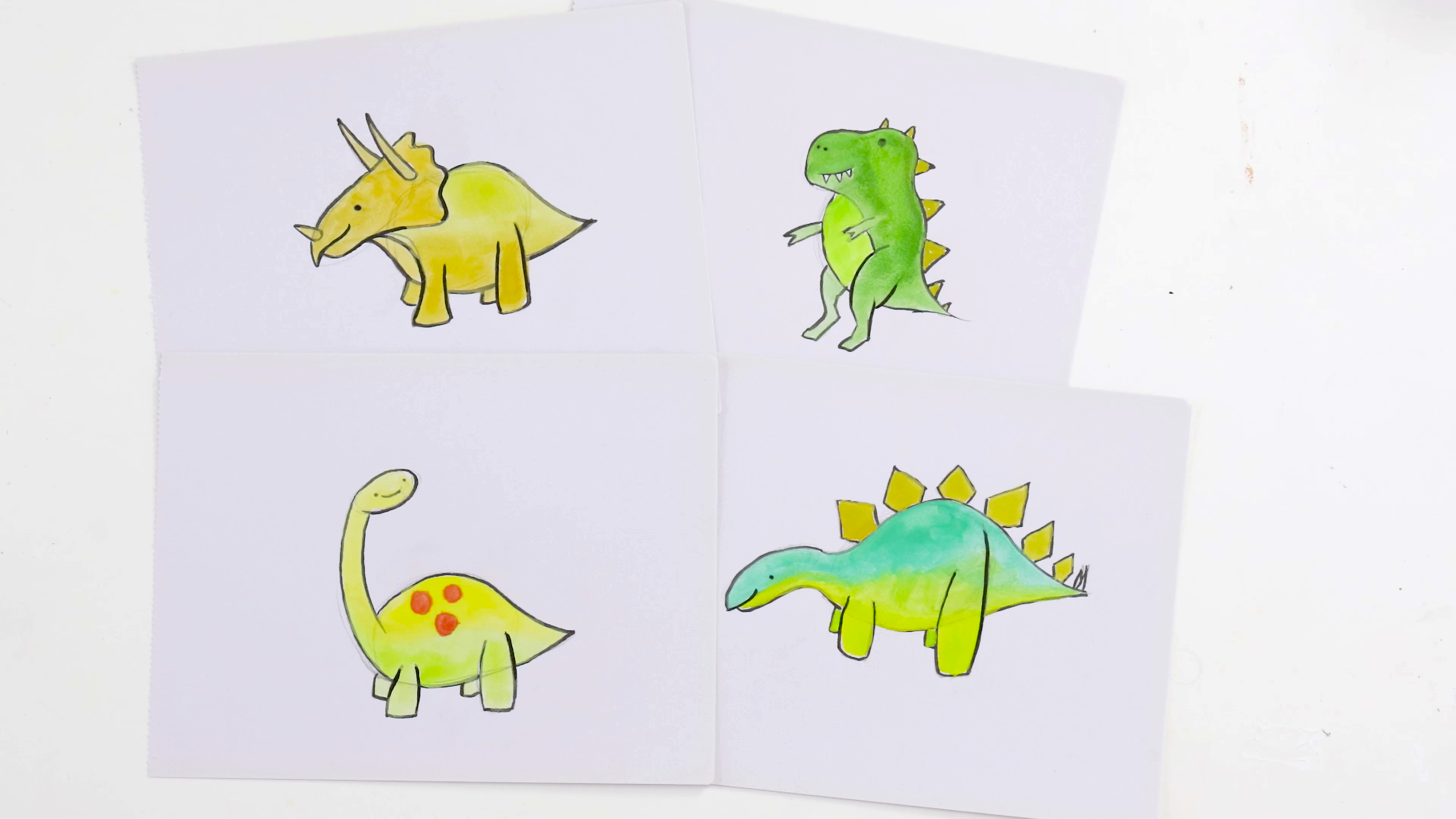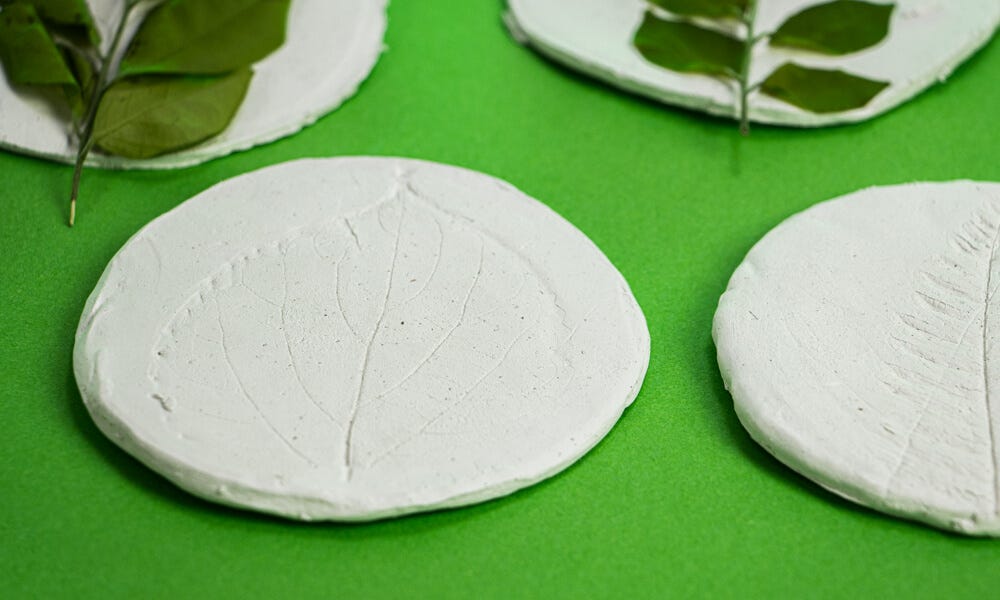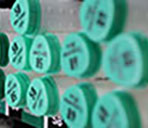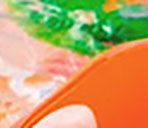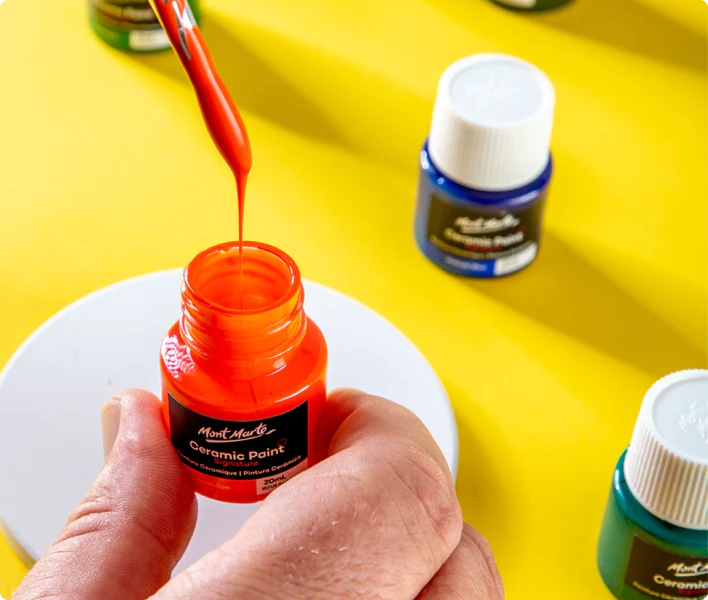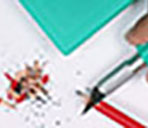Reference:
Drawings often begin with a solid outline or rough sketch to get the creative juices flowing. When it comes to scale, as well as other aspects like shadows and various tones, having a photo to use as a reference will help you out.
Struggling with proportions? It’ll be easier to get accurate proportions if you create a grid guide on the reference image first, then draw the same grid on your drawing surface. When making sure that everything is proportionate to one another, it might be helpful to look at the proportions of other sections in the reference image.
Drawing Techniques:
When drawing realistically, make sure you pay attention to the many tones, textures, and shadows shown in your reference. This will help make your drawing appear as genuine as possible. When sketching, avoid using black outlines. Take note of the locations of the light and shadows on the photograph you’re using as a reference.
Be mindful of how you shade and combine your mid tones.
A helpful hint to prevent blurring your work when sketching is to place a sheet of paper under your drawing hand. You can create shadows by adding darker regions, and highlights can be brought forwards with an eraser. To get the finest results, we recommend using an electric eraser.
Looking for more? Check out our realistic tiger project or check out more of our handy how-to videos.
We hope that you feel inspired to create some realistic drawing. Try these tips and tricks for yourself and #montmarteart or tag us @montmarteart on Instagram or Facebook, we’d love to see what you create.
Notes:
− Any drawing needs to start with a good outline or sketch
− Use a reference or grid guide to keep your proportions correct
− It can help to look at the proportion of other parts of the drawing to make sure everything is proportional
− For a realistic style, avoid dark lines
− Note where the light and shadows are on your reference
− Shade and blend your mid tones
− Add in darker areas for shadows
− Use an eraser to bring forward highlights


